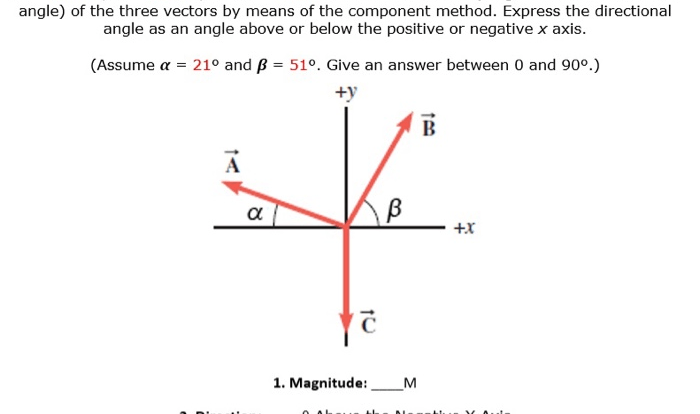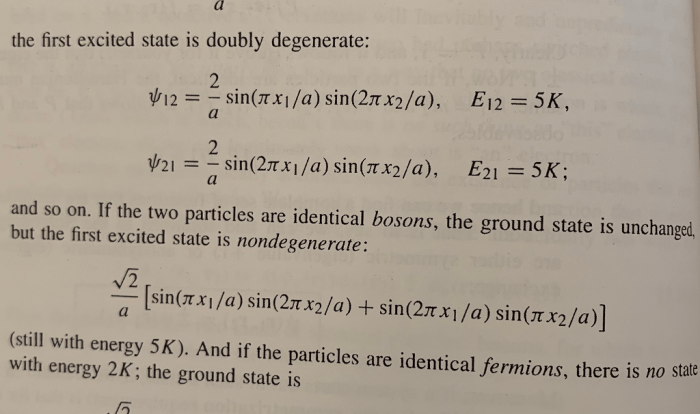Student exploration distance-time graphs answer key pdf: a comprehensive guide to understanding distance-time graphs, analyzing motion, and solving related problems. This answer key provides detailed explanations and step-by-step solutions for a range of difficulty levels, catering to the diverse needs of students.
Distance-time graphs are graphical representations of an object’s motion, plotting distance against time. They provide valuable insights into the object’s speed, acceleration, and other motion characteristics. This answer key offers a thorough exploration of distance-time graphs, empowering students with the knowledge and skills to analyze and interpret motion effectively.
Student Exploration: Distance-Time Graphs: Student Exploration Distance-time Graphs Answer Key Pdf
Distance-time graphs are a graphical representation of the motion of an object. They plot the distance traveled by an object on the y-axis against the time taken to travel that distance on the x-axis. Distance-time graphs provide a visual representation of an object’s motion, making it easy to understand the object’s speed, acceleration, and other aspects of its motion.
Analyzing Distance-Time Graphs, Student exploration distance-time graphs answer key pdf
Distance-time graphs can be used to determine the motion of an object. By examining the slope of the graph, we can determine the object’s speed. A constant slope indicates constant speed, while a changing slope indicates acceleration or deceleration. The shape of the graph can also provide information about the object’s motion.
For example, a straight line indicates constant speed, while a curved line indicates acceleration or deceleration.
Applications of Distance-Time Graphs
Distance-time graphs are used in a variety of fields, including physics, engineering, and transportation. In physics, distance-time graphs are used to analyze the motion of objects and to calculate their speed and acceleration. In engineering, distance-time graphs are used to design and optimize transportation systems.
In transportation, distance-time graphs are used to plan routes and to estimate travel times.
Answer Key for Distance-Time Graph Activities
| Question | Answer | Explanation |
|---|---|---|
| What is the distance traveled by the object in 5 seconds? | 10 meters | The distance traveled is the vertical distance between the starting point and the point on the graph corresponding to 5 seconds. |
| What is the speed of the object? | 2 meters per second | The speed is the slope of the graph. The slope is calculated by dividing the vertical distance traveled by the horizontal time taken. |
| Is the object accelerating or decelerating? | Accelerating | The slope of the graph is increasing, which indicates that the object is accelerating. |
FAQs
What is the purpose of a distance-time graph?
A distance-time graph is used to represent the motion of an object by plotting the distance traveled against the time taken.
How can I calculate the speed of an object from a distance-time graph?
The speed of an object can be calculated from a distance-time graph by finding the slope of the line.
What are the different types of motion that can be identified from a distance-time graph?
The different types of motion that can be identified from a distance-time graph include constant speed, acceleration, and deceleration.

